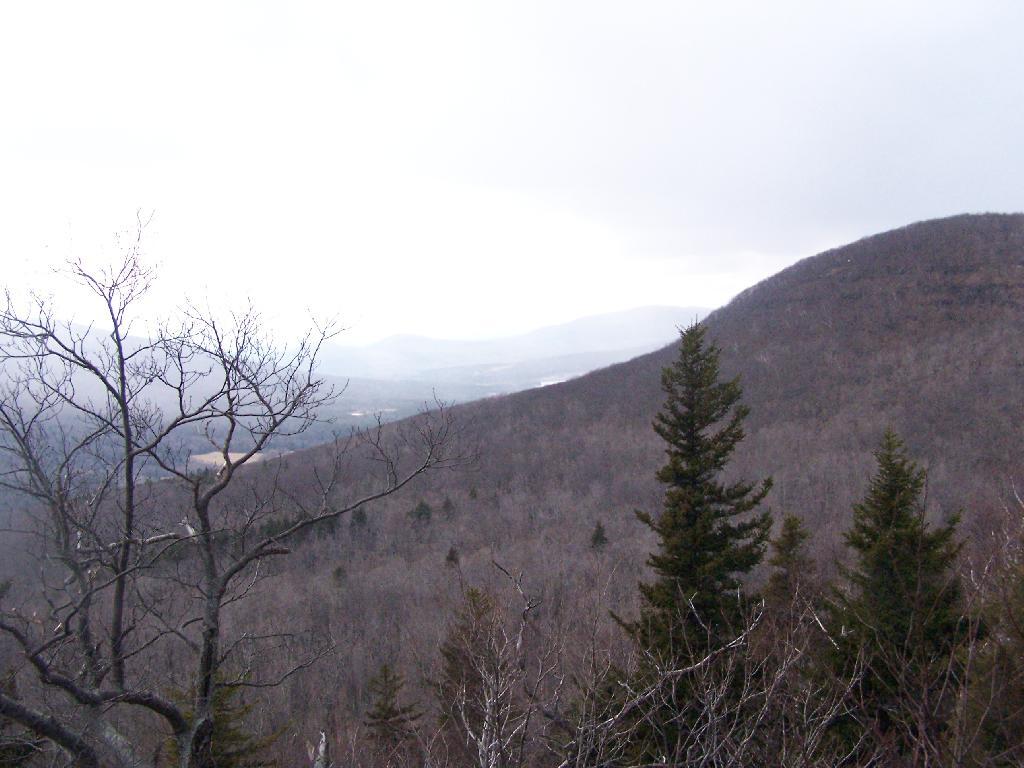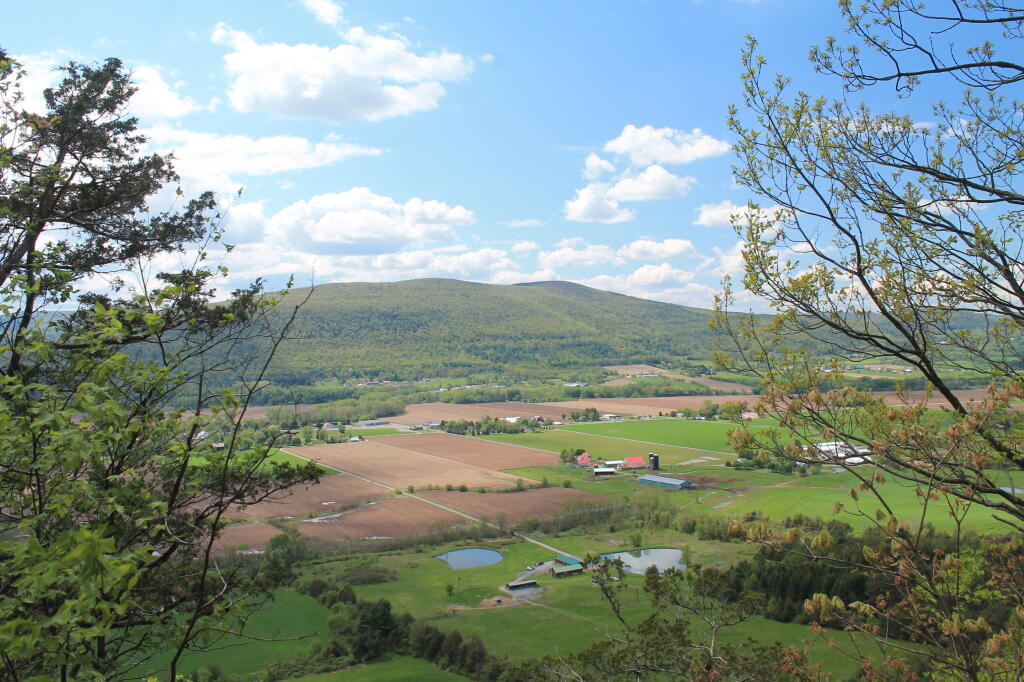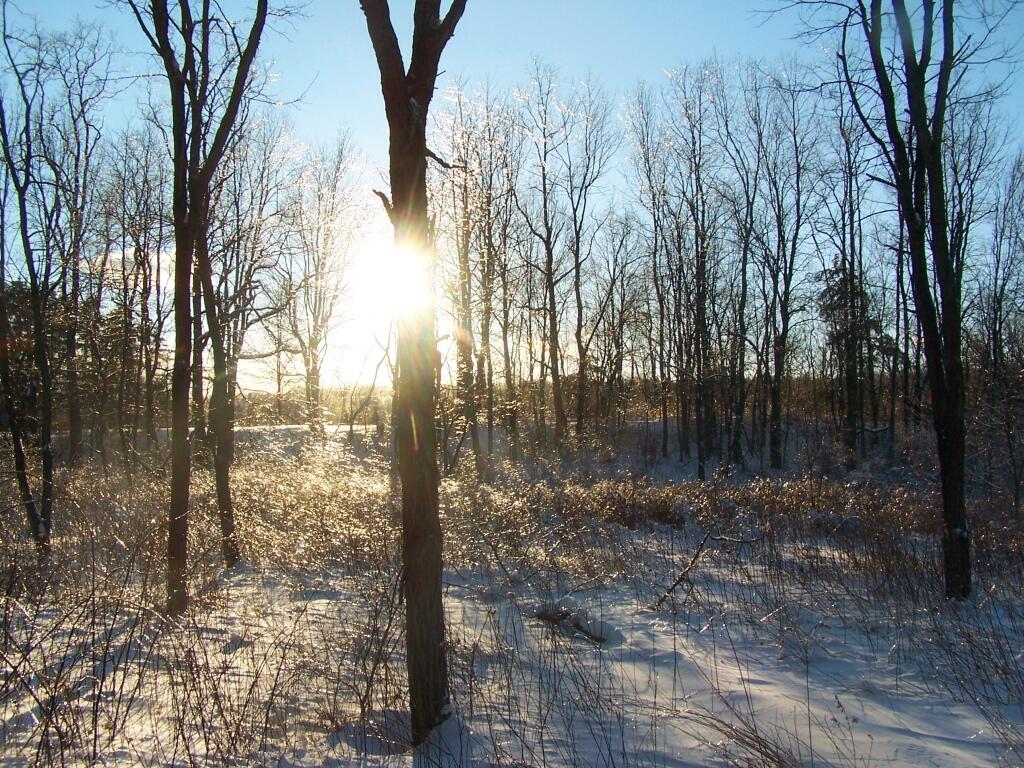E.P.A. Aims to Reduce Truck Pollution, and Avert Tougher State Controls – The New York Times
Instead, the administration appears to be complying with the wishes of the trucking industry, which has called for a new national nitrogen dioxide regulation to override states that could otherwise implement their own, tighter rules. On that front, the E.P.A. rule is likely to open a new battle in Mr. Trump’s long-running war with California over environmental regulations and states’ rights. California is already moving ahead with stringent state-level standards on nitrogen dioxide pollution from trucks that could be replicated by other states.
January 7, 2020 – Next Sixteen Weeks
Next week is typically the coldest week of the year, 🌨 with the temperatures starting to moderate slightly thereafter as we head towards February. Notice how much later the sun is setting now, and how quickly the temperature will start rising a month out from now, as we start to climb towards the first day of spring. I know I will be looking forward to those longer days.🌸
| Week | Date | Dawn | Sun- rise |
Sun- set |
Dusk | Day | Avg High | Avg Low | Record Hi | Record Low |
|---|---|---|---|---|---|---|---|---|---|---|
| 0 | Jan 7 | 6:53 am | 7:25 am | 4:37 pm | 5:09 pm | 9:12 | 31 | 15 | 56 (1915) | -12 (1878) |
| 1 | Jan 14 | 6:51 am | 7:23 am | 4:45 pm | 5:16 pm | 9:22 | 30 | 14 | 66 (1932) | -24 (1957) |
| 2 | Jan 21 | 6:48 am | 7:19 am | 4:53 pm | 5:24 pm | 9:34 | 30 | 14 | 61 (2006) | -18 (1994) |
| 3 | Jan 28 | 6:43 am | 7:13 am | 5:02 pm | 5:33 pm | 9:49 | 31 | 15 | 56 (1916) | -16 (2005) |
| 4 | Feb 4 | 6:36 am | 7:06 am | 5:12 pm | 5:41 pm | 10:05 | 32 | 15 | 61 (1991) | -13 (1978) |
| 5 | Feb 11 | 6:28 am | 6:57 am | 5:21 pm | 5:50 pm | 10:23 | 34 | 17 | 59 (1981) | -18 (1962) |
| 6 | Feb 18 | 6:19 am | 6:48 am | 5:30 pm | 5:59 pm | 10:42 | 35 | 18 | 63 (1981) | -21 (1973) |
| 7 | Feb 25 | 6:09 am | 6:37 am | 5:39 pm | 6:07 pm | 11:01 | 37 | 20 | 70 (2017) | -14 (1914) |
| 8 | Mar 3 | 5:58 am | 6:26 am | 5:47 pm | 6:16 pm | 11:21 | 39 | 21 | 64 (2002) | -10 (1950) |
| 9 | Mar 10 | 6:46 am | 7:14 am | 6:56 pm | 7:24 pm | 11:41 | 42 | 23 | 72 (1977) | 0 (1996) |
| 10 | Mar 17 | 6:34 am | 7:02 am | 7:04 pm | 7:32 pm | 12:02 | 45 | 26 | 75 (1990) | -1 (1916) |
| 11 | Mar 24 | 6:22 am | 6:50 am | 7:12 pm | 7:40 pm | 12:22 | 48 | 29 | 69 (1976) | 0 (1875) |
| 12 | Mar 31 | 6:09 am | 6:37 am | 7:20 pm | 7:49 pm | 12:42 | 51 | 31 | 89 (1998) | 12 (1923) |
| 13 | Apr 7 | 5:57 am | 6:25 am | 7:28 pm | 7:57 pm | 13:02 | 55 | 34 | 87 (2010) | 13 (1982) |
| 14 | Apr 14 | 5:45 am | 6:14 am | 7:36 pm | 8:05 pm | 13:22 | 58 | 37 | 83 (1968) | 19 (1973) |
| 15 | Apr 21 | 5:33 am | 6:03 am | 7:44 pm | 8:14 pm | 13:41 | 61 | 39 | 89 (1923) | 20 (1875) |
| 16 | Apr 28 | 5:22 am | 5:53 am | 7:52 pm | 8:23 pm | 13:59 | 64 | 42 | 92 (1990) | 25 (1947) |
January 7, 2020 Morning
Good morning! Happy Tuesday. Lots of sun this morning. Next week is typically the Coldest Week of the Year 🌬. Partly sunny and 29 degrees at the Elm Ave Park & Ride – CDTA. 🌞 It’s actually a pretty sunny morning and not that cold, even though the sun angle is only about 7 degrees at this point in the day. There is a west-southwest breeze at 5 mph. 🍃. There is a dusting of snow on the ground. ☃ Things will start to thaw out at around 9 qam. 🌡️
So far a nice smooth commute downtown. 🚍 Traffic is moving well, the sun through the bus window is nice. 🌞 But alas soon I’ll be in my basement office 🏢 with no windows to look out. The good news is that it’s supposed to cloud ☁ up later so I won’t have to look at the gray lights. Florescent lighting has its advantages and disadvantages for sure. I see they are running the 1900E battery 🔋 electric ⚡ battery on the CDTA Route 233 again. Despite having no tailpipe, I’m noticing a bit of heat radiating off the battery pack as suggested by heat waves 🌊 in the cold which is a bit surprising as that seems like a waste of energy. Stuck in traffic behind it, looks like that bus isn’t set up for overheat power line charging like a trolley 🚎 but it has a place for them add the extra assembly to it.
Today will be partly sunny 🌞, with a high of 39 degrees at 1pm. Eight degrees above normal, which is similar to a typical day around March 1st. West wind around 5 mph becoming southeast in the afternoon. More clouds later. A year ago, we had partly cloudy skies. The high last year was 29 degrees. The record high of 56 was set in 1915. 7.2 inches of snow fell back in 1994.❄
Solar noon 🌞 is at 12:02 pm with sun having an altitude of 25° from the due south horizon (-45.9° vs. 6/21). The golden hour 🏅 starts at 3:53 pm with the sun in the southwest (232°). 📸 The sunset is in the west-southwest (240°) starting at 4:35 pm and lasts for 3 minutes and 22 seconds with dusk around 5:09 pm, which is one minute later than yesterday. 🌇 The best time to look at the stars is after 5:45 pm. At sunset, look for mostly cloudy skies ☁ and temperatures around 35 degrees. There will be a southeast breeze at 5 mph. Today will have 9 hours and 12 minutes of daytime, an increase of one minute and 8 seconds over yesterday.
Tonight will have a chance of light snow, mainly before 3am, then a slight chance of snow showers after 4am. Mostly cloudy 🌨, with a low of 25 degrees at 6am. 10 degrees above normal, which is similar to a typical night around March 14th. Light southeast wind. Chance of precipitation is 30%. New snow accumulation of less than a half inch possible. In 2019, we had partly cloudy skies in the evening, which became cloudy by the early hours of the morning. It got down to 29 degrees. The record low of -18 occurred back in 1878.
Rainy ☔ mild remains the weekend forecast Saturday, rain likely. Cloudy, with a high near 54. Chance of precipitation is 70%. Sunday, a chance of rain and snow. Mostly cloudy, with a high near 40. Chance of precipitation is 40%. Typical average high for the weekend is 30 degrees. I guess it’s better than bitterly cold, at least as far as the heating bills are concerned. ♨
🌹🌻🌼Only 72 days remain until the first day of calendar spring!🌹🌻🌼
But first, next week is typically the Coldest Week of the Year 🌬 when the sun will be setting at 4:45 pm with dusk at 5:16 pm. On that day in 2019, we had partly sunny, snow showers and temperatures between 28 and 8 degrees. Typically, the high temperature is 30 degrees. We hit a record high of 66 back in 1932.
I started looking at the price last night for plastic milk crates. 🎁While I have one I use at home for paper recycling ♻, I’m thinking about getting one or two clean and new ones to use for hauling groceries home now that the single use ones are banned. While a milk crate is a little more bulky to store and haul into the grocery store, it’s perfect for stacking groceries, bringing them out to the truck and taking home. Plus they can be easily sanitized at home with soap and water 💦 and possibly a few drops of bleach. Plus they are big so hard to forget at home and your unlikely to misplace groceries in them like a bag. 🛄 Some of those reusable grocery bags are so deep it’s easy to loose stuff in them or things get crushed in them. 💥
Ice Shimmers Through Trees
Walking around the back field on this rather wintry day.
Taken on Sunday January 23, 2011 at Dormansville, New York.Rugg Road Sign
New York City’s food recycling failures exacerbate climate crisis
The unkept promise amounts to Mayor Bill de Blasio’s most profound failure to improve the city’s dismal recycling rate and thereby reduce the amount of trash New Yorkers send to landfills around the region. Food and yard rubbish make up one-third of the residential waste stream and, left to rot in landfills, emit methane — a greenhouse gas considered far more potent than carbon dioxide.
“If we can divert those organics, it completely changes the dynamics of how waste management works in the Northeast, not just New York City,” Ron Gonen, former deputy commissioner for sanitation, recycling and sustainability under Bloomberg, said in an interview.
As a candidate in 2013, de Blasio got on board, vowing in his campaign literature to "create a mandatory city-wide municipal composting system within five years."
Instead, the city’s sanitation department — which called organics recycling “the biggest new opportunity not yet tapped” — collected just 13,000 tons of organic waste that residents left in brown curbside bins in 2017, about 1.2 percent of more than 1 million tons of that type of refuse tossed out that year. An analysis conducted by the agency concluded that “there is still a steep learning curve for residents who have never been asked to separate and store food scraps for recycling.”
I 💚 S-SOW 🐷. It saves on landfill space, provides fertilizer to make things grow better, avoids lost of important nutrients on the land, reduces methane emissions from landfills and makes incinerators burn better.







